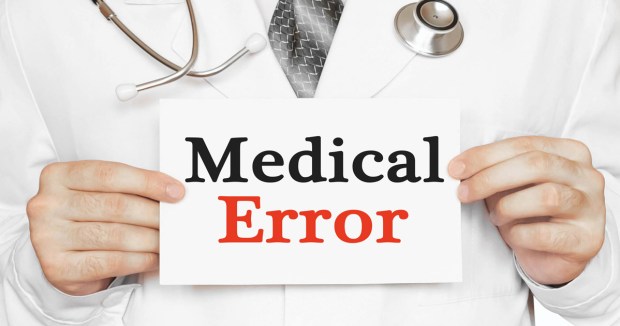When medical mistakes occur they can cost a patient’s health, life, and additional medical expenses. Preventable medical mistakes are considered a violation of trust to the health care practitioners and facilities. However, some errors can occur even with the careful and correct treatment such as faulty medical devices. Here are different types of medical mistakes:
Misdiagnosis
This occurs as a result of the health practitioner having incorrect information about the cause of your disease or problem and start the wrong treatment. Misdiagnosis can cause harm to a patient. It can lead to more severe symptoms and in some cases even death. A refusal to believe that the patient is sick is also considered a wrong diagnosis.
Medical practitioners are entrusted by patients to diagnose the diseases immediately and make an accurate diagnosis. It is therefore important to take a thorough test and observe the patient keenly. A delayed diagnosis can lead to extended pain, suffering, or worsen the condition before the proper care is taken.
Medication Error
This is a common mistake in medicine. It can either be an error made by a doctor, selecting the wrong dosage, or by the pharmacist that is responsible for reading, interpreting, and filling your prescription. Another cause of this error is primarily because of a misdiagnosis, hence the patient ends up being prescribed medication for a disease that he or she doesn’t suffer from.
This can also be caused by an inexperienced doctor or pharmacist, lack of skills and knowledge results in poor judgment and decision making. Medication errors may involve giving the wrong medication to the wrong patient or giving an incorrect dosage. One other common mistake is a failure to check the drug interactions when prescribing the medication.

Faulty Medical Devices
This is not termed as a health practitioner’s error but manufacturers who provide the medical equipment. This error has resulted in the need for additional surgeries to correct the problem that the faulty equipment might have caused. The manufacturers should be held accountable for the faulty medical devices. They should also provide information about the risks involved in the use of every medical device. There should be specific instructions about the placement of medical devices for safety and proper functioning.
Improper placement can cause damages for example stints that are not placed properly can cut off the blood supply to the areas of the body. Health practitioners should be trained on how to handle complicated devices. Surgical equipment such as sponges, gloves, bandages, clamps, and swabs should be intact to prevent the risk of infection in patients and also doctors.
Surgical Errors
Surgeons should pay attention to detail when performing any surgery. It can be hard to pay attention if the doctor is exhausted. Sometimes whoever is performing the surgery can close up leaving sponges and scalpels inside the patient’s body.
Other examples of surgical errors include; injuring a nerve or other parts during surgery, administering little or too much anesthesia, operating on the wrong body part, and performing an incision in the wrong location. In case of surgical errors, health practitioners take full responsibility.

